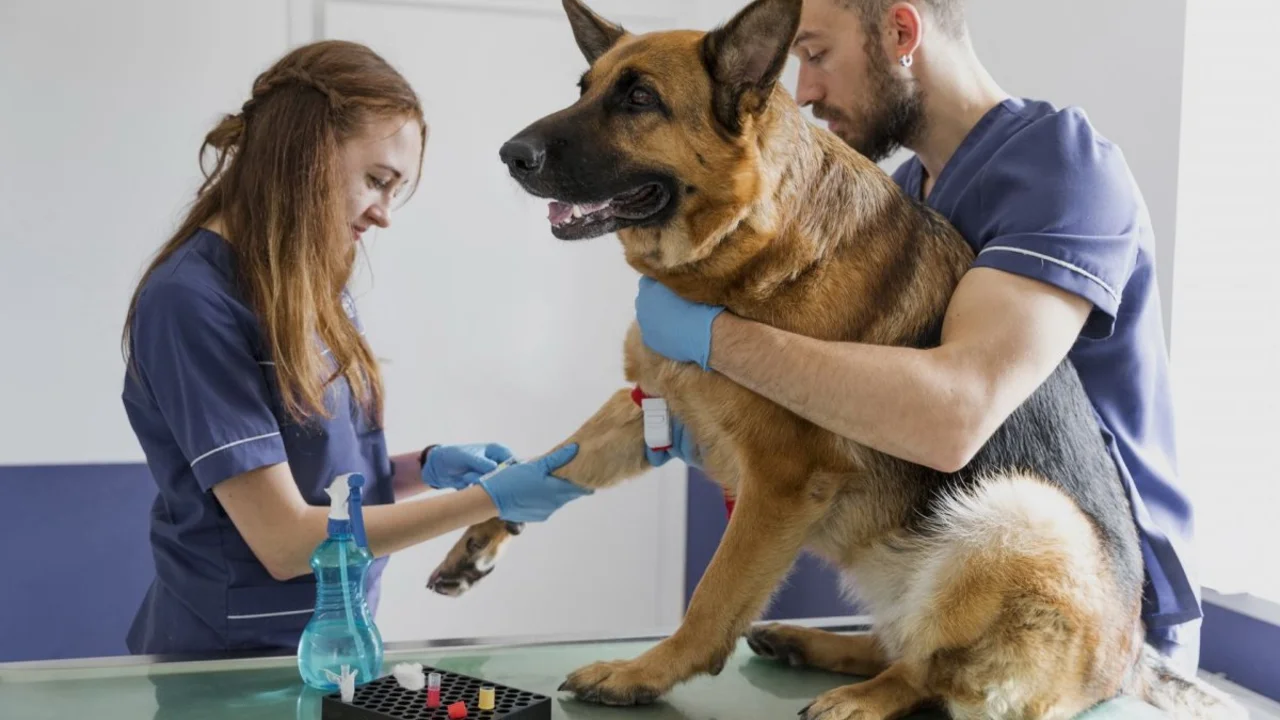Cabergoline: What It Is, How It Works, and What You Need to Know
If you’ve been prescribed Cabergoline, you’re probably wondering why a drug that sounds like a science‑lab experiment is suddenly part of your daily routine. In plain terms, Cabergoline is a dopamine‑agonist – it tricks your brain into thinking there’s plenty of dopamine, the ‘feel‑good’ chemical that also keeps certain hormones in check.
The main reason doctors use Cabergoline is to lower high prolactin levels. Too much prolactin can cause unwanted breast milk, menstrual issues, or even fertility problems. It’s also used for Parkinson’s disease, restless leg syndrome, and sometimes to shrink certain tumors that produce prolactin (prolactinomas). Think of it as a hormone‑balancing app for your body.
How to Take Cabergoline: Dosage Basics
Most people start with a low dose – often 0.25 mg taken once or twice a week. Your doctor will adjust the amount based on blood tests and how you feel. The key is consistency; missing a dose can cause prolactin to spike again.
Here’s a quick cheat‑sheet:
- Low‑dose start: 0.25 mg once a week.
- Typical maintenance: 0.5 mg to 1 mg twice a week.
- Maximum: Some patients go up to 2 mg per week, but only under close monitoring.
Always swallow the tablet whole with a glass of water. It’s best taken with food to avoid stomach upset. If you forget a dose, take it as soon as you remember – unless it’s almost time for the next one, then skip the missed one and continue with the regular schedule.
Common Side Effects and When to Call the Doctor
Cabergoline is generally well‑tolerated, but like any medication, it can cause side effects. Most people notice mild issues that fade after a few weeks:
- Nausea or mild stomach upset.
- Headache – often a dull ache that eases on its own.
- Dizziness, especially when standing up quickly.
- Feeling a bit tired or having trouble sleeping.
Serious, though rare, reactions include:
- Chest pain or rapid heartbeat.
- Sudden confusion or hallucinations.
- Unexplained swelling in the legs.
If any of these pop up, call your healthcare provider right away. They might adjust the dose or switch you to a different dopamine‑agonist.
Another point to watch: Cabergoline can affect blood pressure. Some patients experience low blood pressure when they stand up (orthostatic hypotension). Getting up slowly and staying hydrated can help.
Women who are pregnant or planning to become pregnant should discuss Cabergoline with their doctor, as it’s usually not recommended during pregnancy.
Tips for Getting the Most Out Of Your Cabergoline Treatment
Here are a few practical moves that can make your experience smoother:
- Keep a medication journal. Write down the day, dose, and any side effects. This makes doctor visits more productive.
- Schedule regular blood tests. Your doctor will check prolactin levels and liver function every few months.
- Stay consistent with timing. Set a reminder on your phone so you never miss a dose.
- Watch your diet. Alcohol can increase side effects, so limit intake while you’re adjusting to the medication.
- Talk to your pharmacist. If you’re taking other meds, ask about possible interactions – especially antidepressants or blood thinners.
Most patients feel a noticeable improvement in hormone‑related symptoms within a few weeks, and prolactin levels often normalize after a couple of months. Patience is key: the drug works gradually, not overnight.
Bottom line: Cabergoline is a powerful tool for balancing dopamine and lowering prolactin. With the right dose, a bit of monitoring, and a few lifestyle tweaks, you can keep side effects low and reap the benefits. If you ever feel unsure, reach out to your doctor – they’re there to help you fine‑tune the treatment.
Cabergoline for Dogs: A Vet's Perspective
Hi there, in this post, I'm going to share some insights from a vet's perspective about a drug called Cabergoline used in dogs. We'll be discussing the uses, the side effects, and some precautions that pet owners need to know. I hope this article will be informative and helpful for all you dog lovers out there. Remember, taking care of our furry friends is not just about love and cuddles, it's about understanding their health needs too.
Learn more...